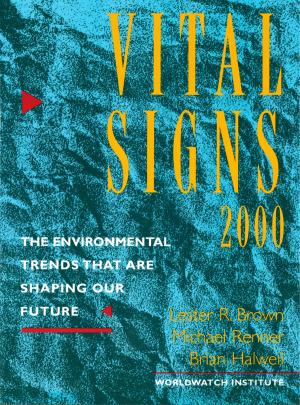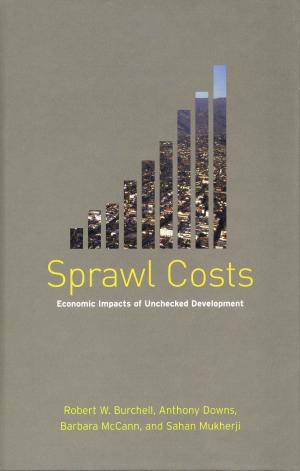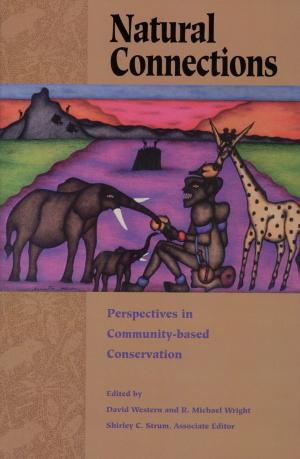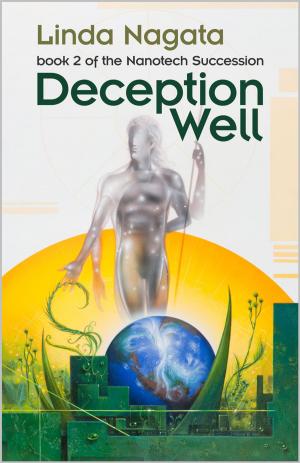Where the Dragon Meets the Angry River
Nature and Power in the People's Republic of China
Nonfiction, History, Asian, Asia, Science & Nature, Nature| Author: | R. Edward Grumbine | ISBN: | 9781597268110 |
| Publisher: | Island Press | Publication: | June 22, 2012 |
| Imprint: | Island Press | Language: | English |
| Author: | R. Edward Grumbine |
| ISBN: | 9781597268110 |
| Publisher: | Island Press |
| Publication: | June 22, 2012 |
| Imprint: | Island Press |
| Language: | English |
China’s meteoric rise to economic powerhouse might be charted with dams. Every river in the country has been tapped to power exploding cities and factories—every river but one. Running through one of the richest natural areas in the world, the Nujiang’s raging waters were on the verge of being dammed when a 2004 governmmoratorium halted construction. Might the Chinese dragon bow to the "Angry River"? Would Beijing put local people and their land ahead of power and profit? Could this remote region actually become a model for sustainable growth?
Ed Grumbine traveled to the far corners of China’s Yunnan province to find out. He was driven by a single question: could this last fragmof wild nature withstand China’s unrelenting development? But as he hiked through deep-cut emerald mountains, backcountry villages, and burgeoning tourist towns, talking with trekking guides, schoolchildren, and rural farmers, he discovered that the problem wasn’t as simple as growth versus conservation.
In its struggle to "build a well-off society in an all-round way," Beijing juggles a hof competing priorities: health care for impoverished villagers; habitat for threatened tigers; cars for a growing middle class; clean air for all citizens; energy to power new cities; rubber for the global marketplace.
Where the Dragon Meets the Angry River is an incisive look at the possible fates of China and the planet. Will the Angry River continue to flow? Will Tibetan girls from subsistence farming families learn to read and write? Can China and the United States come together to lead action on climate change? Far-reaching in its history and scope, this unique book shows us the real-world consequences of conservation and developmdecisions now being made in Beijing and beyond.
China’s meteoric rise to economic powerhouse might be charted with dams. Every river in the country has been tapped to power exploding cities and factories—every river but one. Running through one of the richest natural areas in the world, the Nujiang’s raging waters were on the verge of being dammed when a 2004 governmmoratorium halted construction. Might the Chinese dragon bow to the "Angry River"? Would Beijing put local people and their land ahead of power and profit? Could this remote region actually become a model for sustainable growth?
Ed Grumbine traveled to the far corners of China’s Yunnan province to find out. He was driven by a single question: could this last fragmof wild nature withstand China’s unrelenting development? But as he hiked through deep-cut emerald mountains, backcountry villages, and burgeoning tourist towns, talking with trekking guides, schoolchildren, and rural farmers, he discovered that the problem wasn’t as simple as growth versus conservation.
In its struggle to "build a well-off society in an all-round way," Beijing juggles a hof competing priorities: health care for impoverished villagers; habitat for threatened tigers; cars for a growing middle class; clean air for all citizens; energy to power new cities; rubber for the global marketplace.
Where the Dragon Meets the Angry River is an incisive look at the possible fates of China and the planet. Will the Angry River continue to flow? Will Tibetan girls from subsistence farming families learn to read and write? Can China and the United States come together to lead action on climate change? Far-reaching in its history and scope, this unique book shows us the real-world consequences of conservation and developmdecisions now being made in Beijing and beyond.















